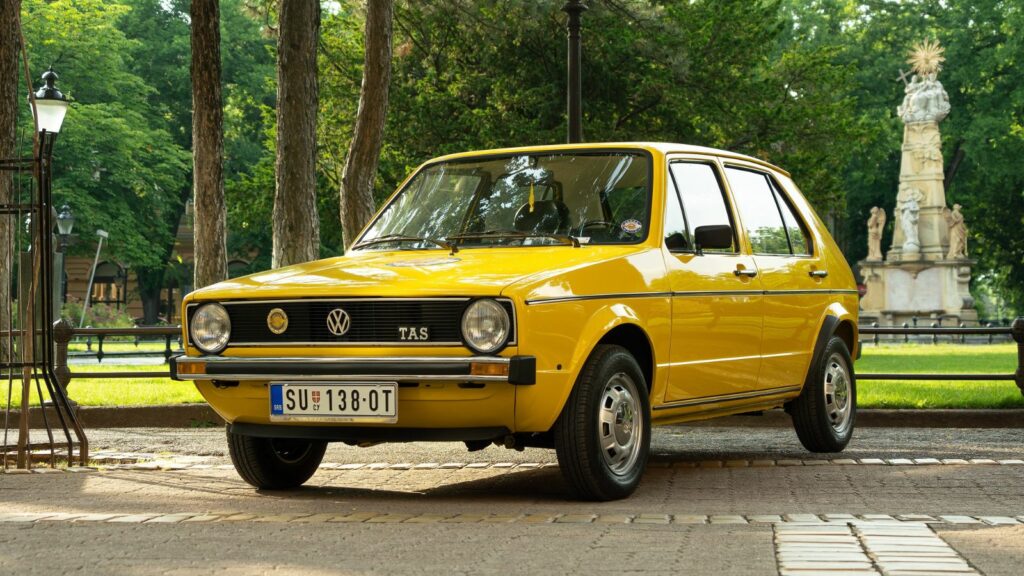The 1970s was a transformative decade for the automotive industry, marked by innovation, regulatory changes, and cultural shifts. Cars from this era reflect both the ingenuity and challenges faced by manufacturers. Here are 17 of the most defining cars of the 1970s, examining whether they shaped or shamed the auto industry.
Ford Mustang II (1974-1978)
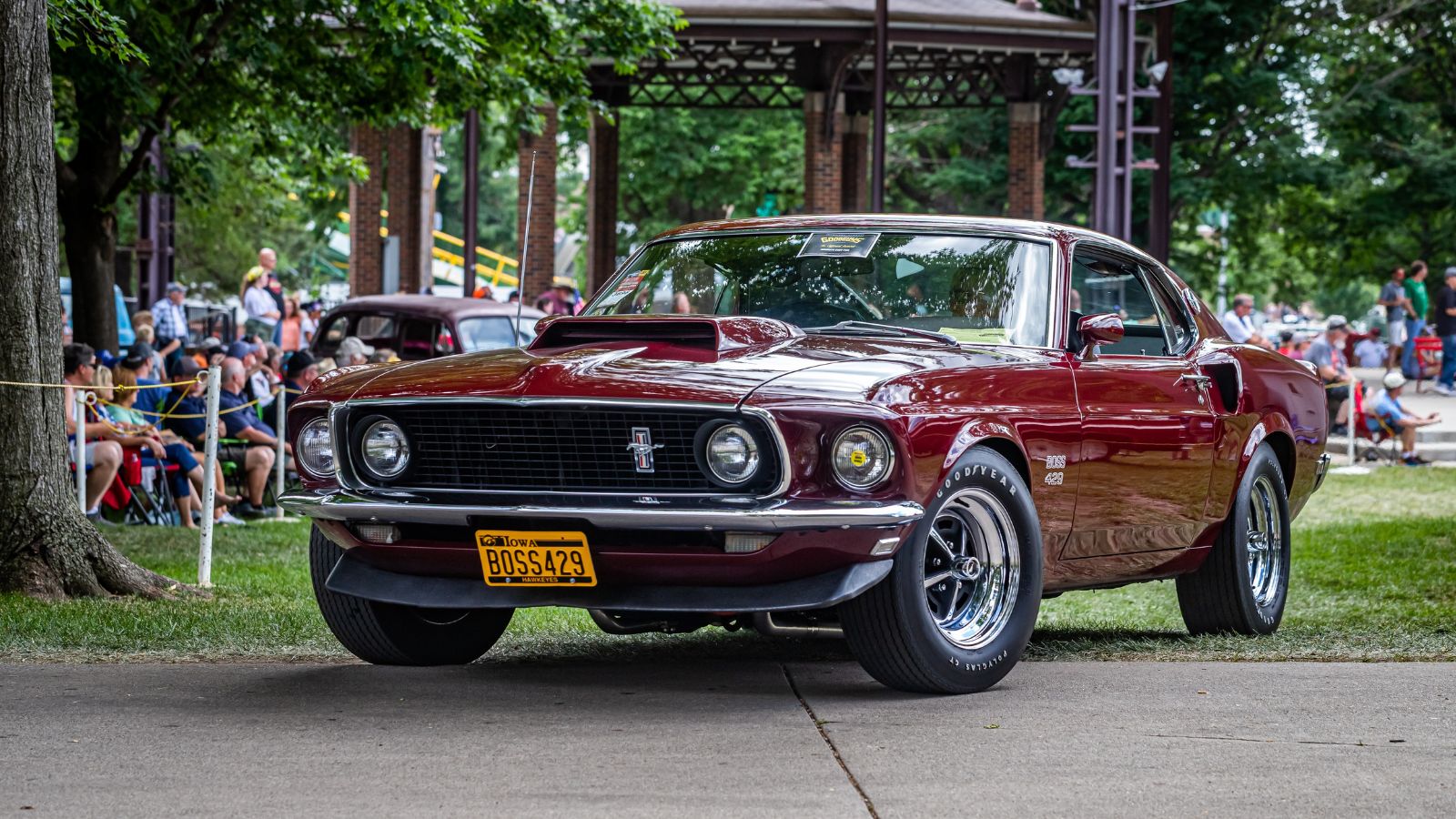
The Mustang II represented a significant shift from the original Mustang’s muscle car image to a more compact and fuel-efficient model. Released in response to the 1973 oil crisis showcased Ford’s ability to adapt to changing market demands. While purists decried its departure from performance, the Mustang II’s success in sales demonstrated the industry’s pivot towards fuel efficiency and practicality, influencing future designs.
Chevrolet Vega (1971-1977)
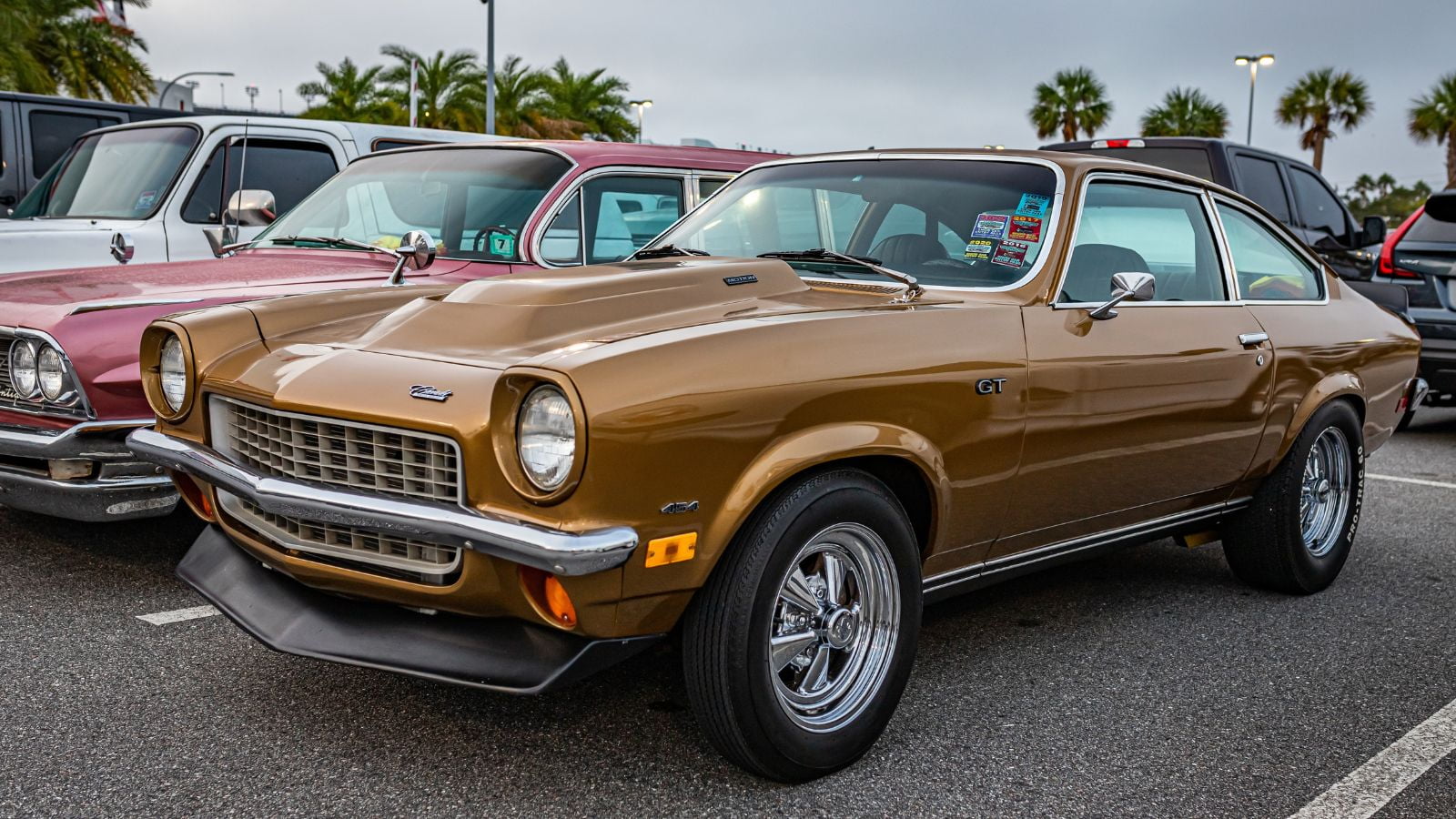
Chevrolet’s Vega was introduced with high expectations as a subcompact competitor to imports. It featured innovative aluminum engine technology aimed at improving fuel efficiency. However, the Vega quickly became infamous for its rust problems and engine reliability issues. This car is a reminder of how rushed production and quality control can tarnish a brand’s reputation.
AMC Gremlin (1970-1978)
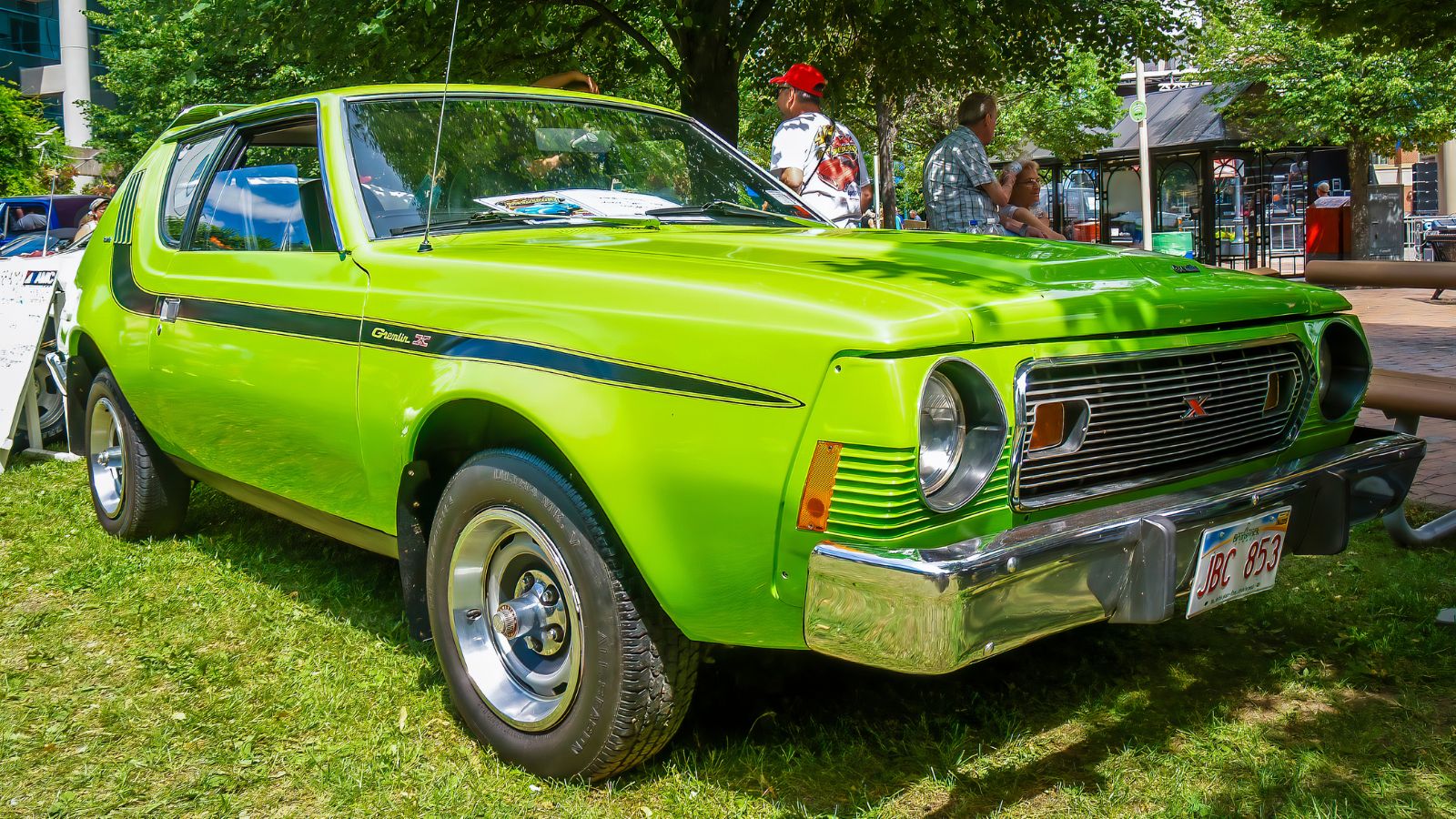
AMC’s Gremlin was one of the first American subcompact cars aimed at countering the rising popularity of small imports. Its distinctive, truncated design was praised and mocked but undeniably broke new ground in American automotive design. The Gremlin highlighted the industry’s willingness to experiment and adapt to new market segments, albeit with mixed results.
Datsun 240Z (1969-1973)

The Datsun 240Z, introduced at the tail end of the 1960s, became a symbol of affordable performance in the 1970s. Its blend of sporty design, reliability, and reasonable pricing challenged European sports cars and helped establish Japanese automakers as serious competitors in the global market. The 240Z demonstrated that performance and affordability could coexist, reshaping consumer expectations.
Volkswagen Golf Mk1 (1974-1983)
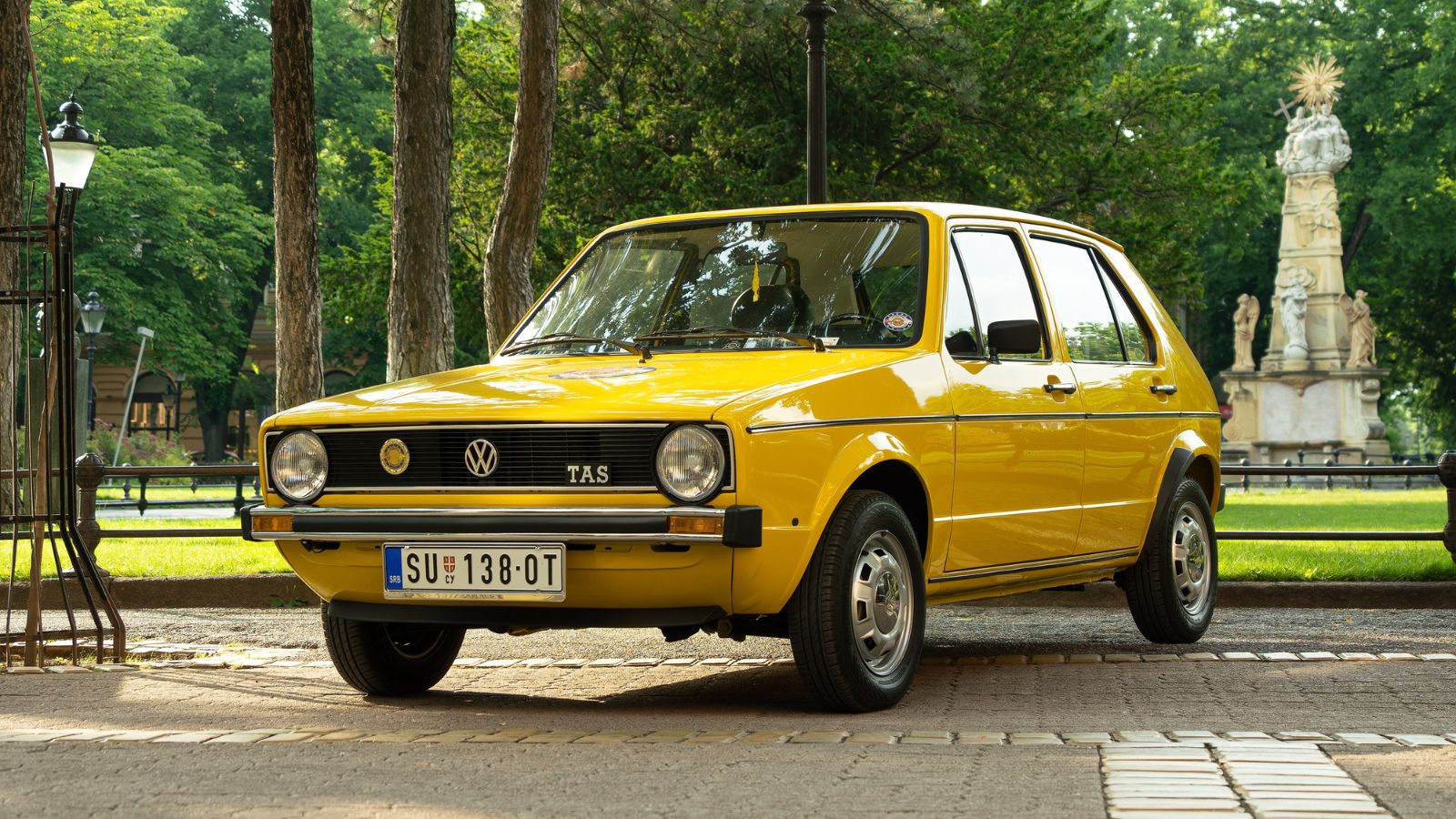
The Volkswagen Golf Mk1 departed from the Beetle’s rounded lines and rear-engine layout, introducing a more modern, front-engine, front-wheel-drive format. Its practicality, reliability, and efficiency made it a global success and a blueprint for future compact cars. The Golf set new standards for design and engineering, solidifying Volkswagen’s position as a leading automaker.
Porsche 911 Carrera RS (1973-1974)
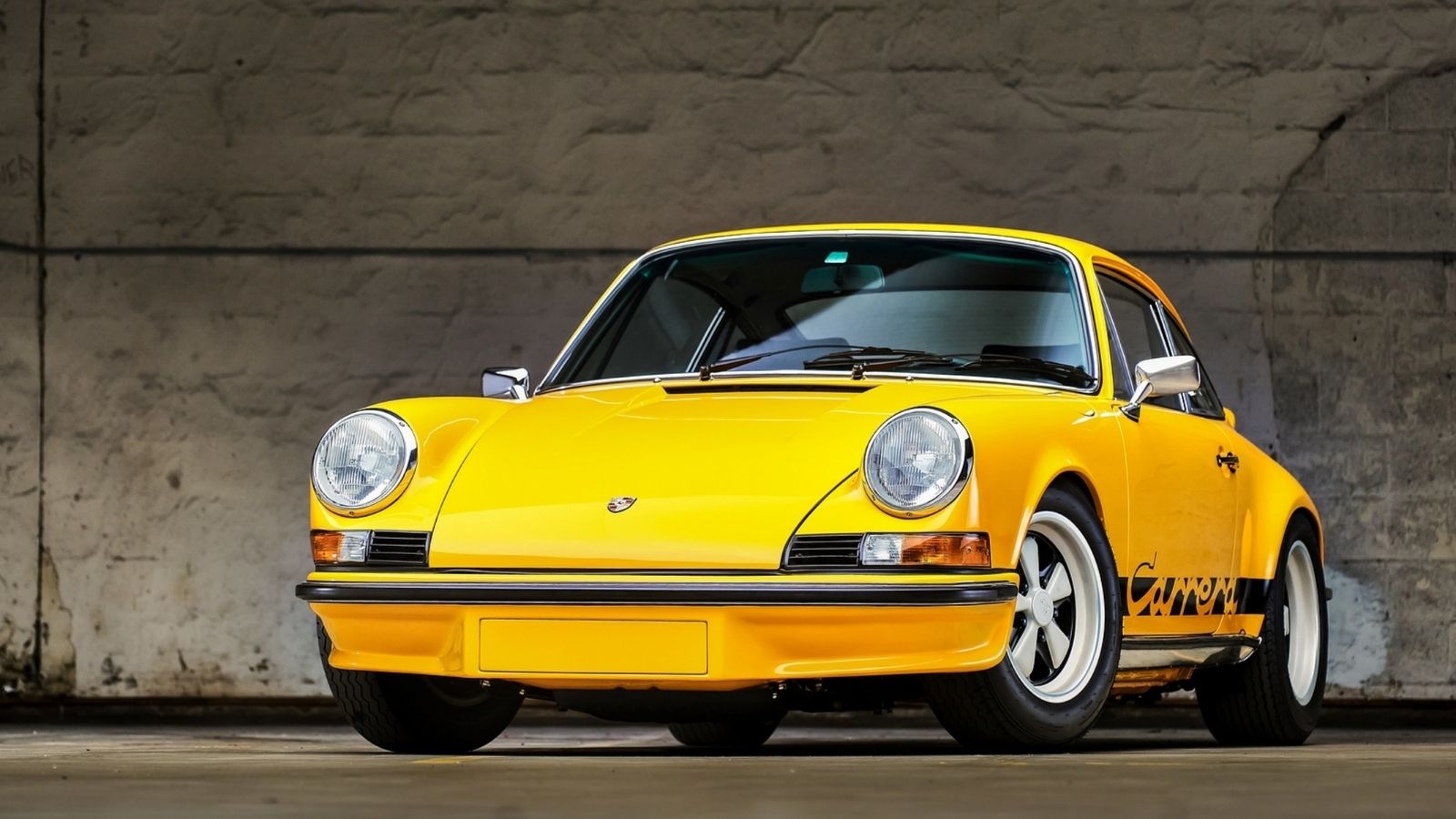
The Porsche 911 Carrera RS became an icon of the sports car world, celebrated for its performance, handling, and engineering excellence. It featured a lightweight body and a powerful 2.7-liter engine, setting new benchmarks for what a road-legal sports car could achieve. The 911 Carrera RS is a testament to how performance engineering can elevate a brand’s prestige.
Citroën SM (1970-1975)
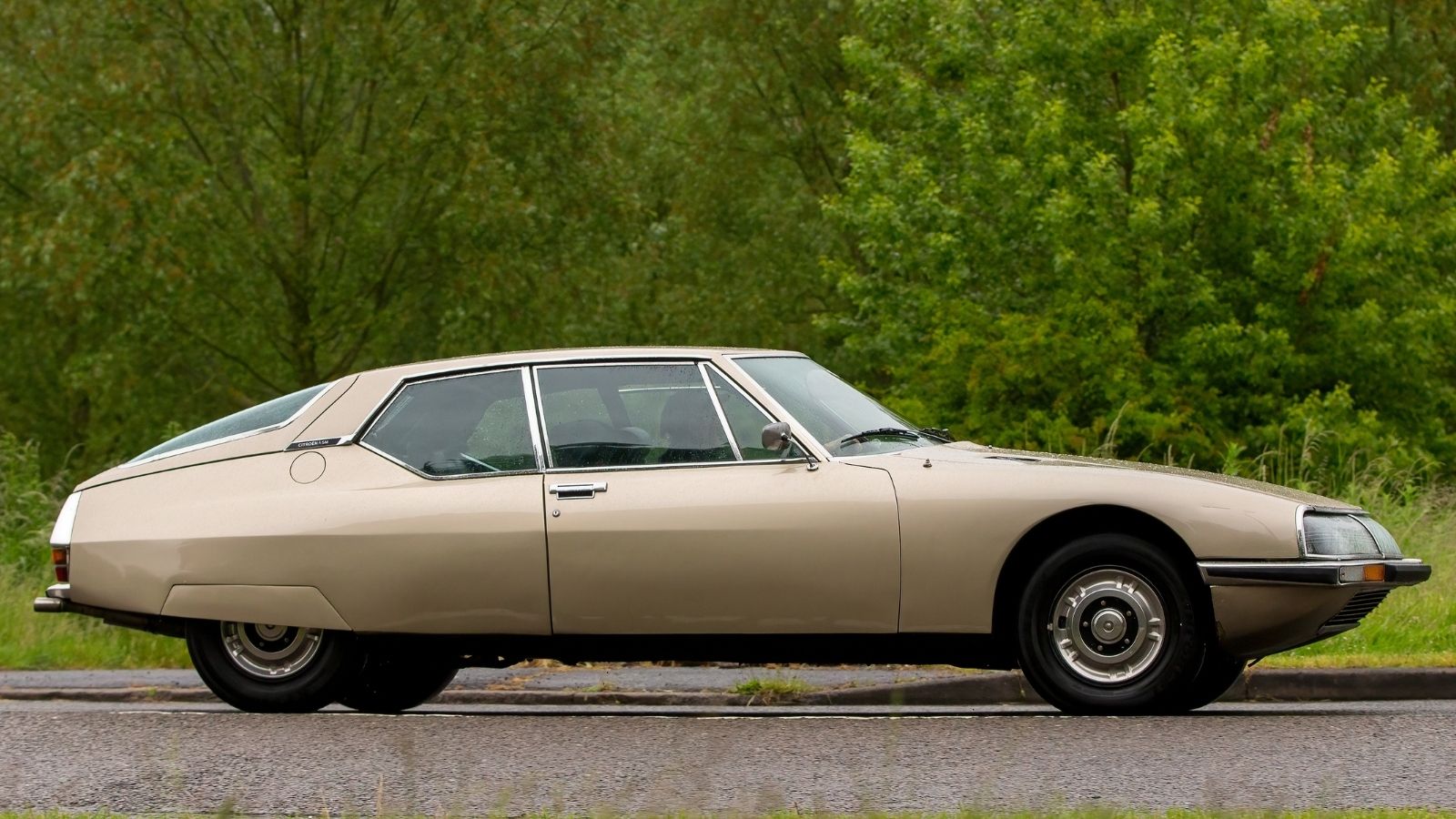
Citroën’s SM blended futuristic design and advanced technology, featuring a Maserati V6 engine and innovative hydropneumatic suspension. While it was not a commercial success due to its high price and complexity, the SM showcased Citroën’s ambition and technological prowess. It symbolizes how daring innovation can define and challenge a brand.
Toyota Corolla (E20) (1970-1974)

The second-generation Toyota Corolla solidified the model’s reputation for reliability and affordability. Compared to its predecessor, it was designed with a more modern and angular aesthetic, featuring a distinctive “chin” front grille and prominent round headlights. Its compact dimensions made it ideal for urban environments. Its simple, durable design made it a favorite among consumers worldwide, helping Toyota become a dominant player in the global automotive market.
Lamborghini Countach (1974-1990)
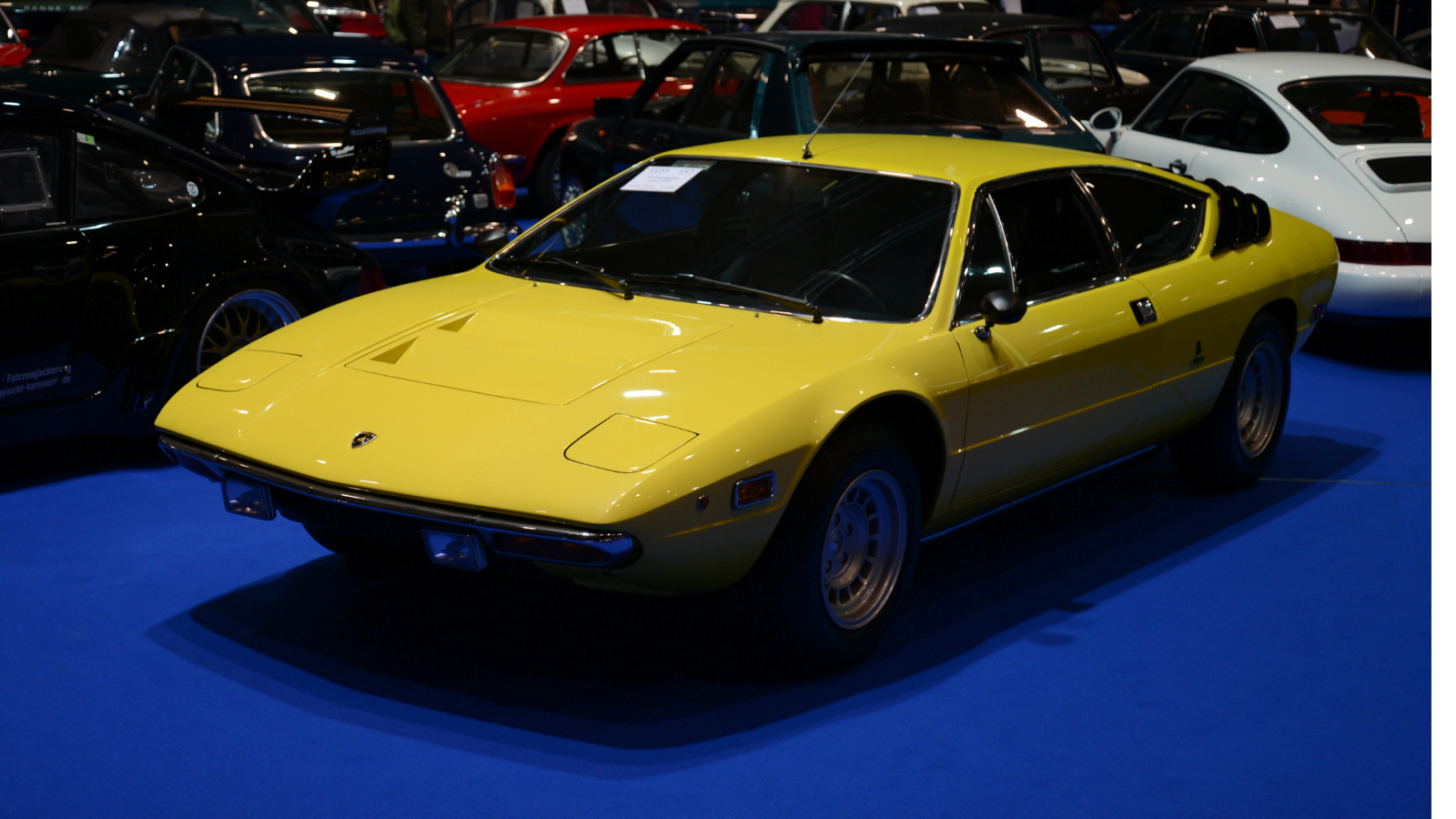
The Lamborghini Countach redefined supercar aesthetics with its sharp, aggressive look and high-performance V12 engine, making it a poster car for a generation. Its scissor doors, or “Lambo doors,” added style and functionality, allowing easier access in tight spaces. The car’s aerodynamic shape, characterized by its wedge profile, was a significant departure from the curves of its predecessors, enhancing performance and stability. The Countach demonstrated how bold design and performance could create an enduring automotive legend, influencing supercar design for decades.
Honda Civic (1972-1979)
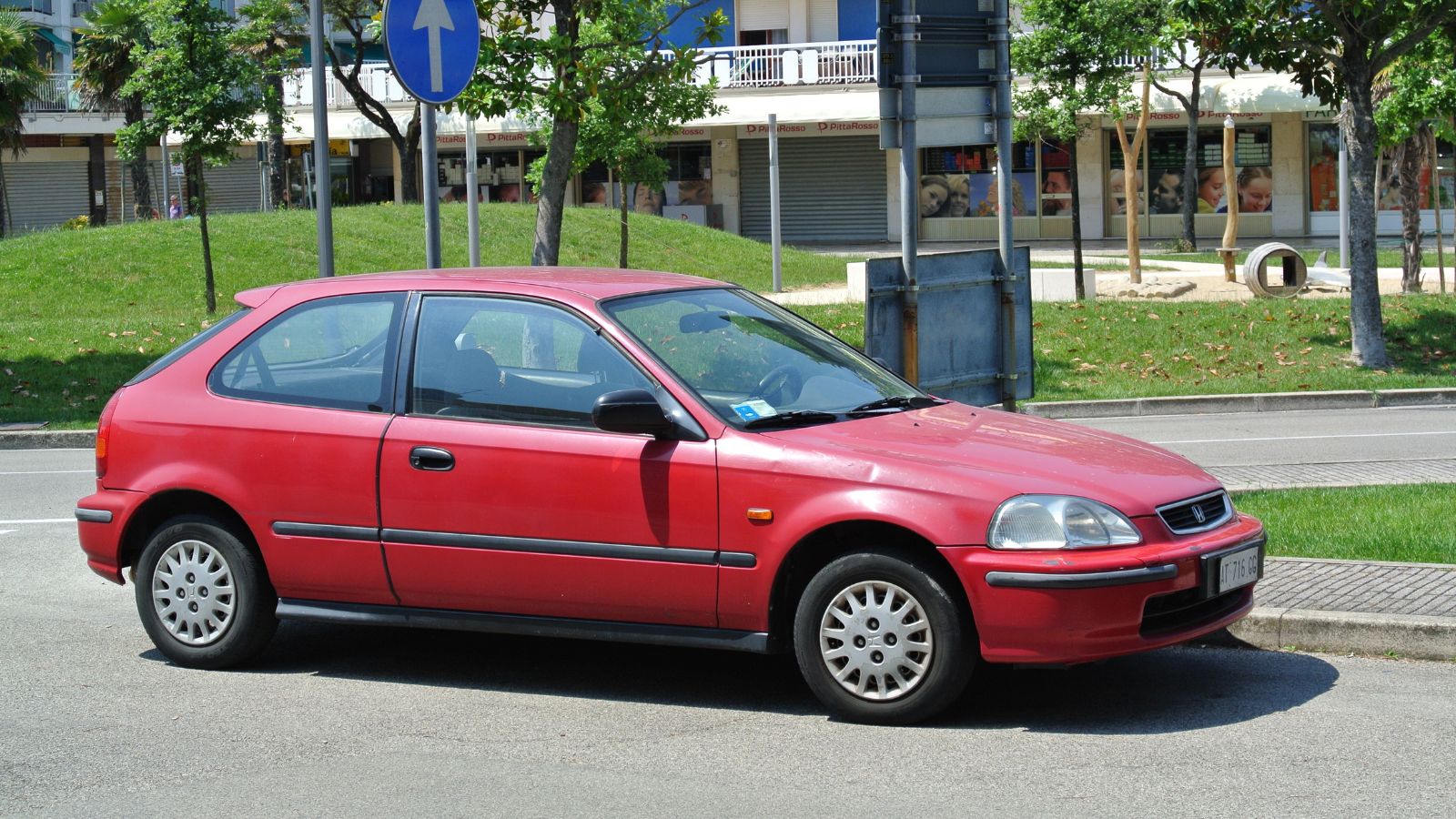
The first-generation Honda Civic introduced a new practicality and efficiency to the compact car market. Its CVCC (Compound Vortex Controlled Combustion) engine was revolutionary, meeting emissions standards without a catalytic converter. The Civic’s success helped establish Honda as a significant automotive player and set new fuel efficiency and environmental responsibility standards.
Fiat X1/9 (1972-1989)
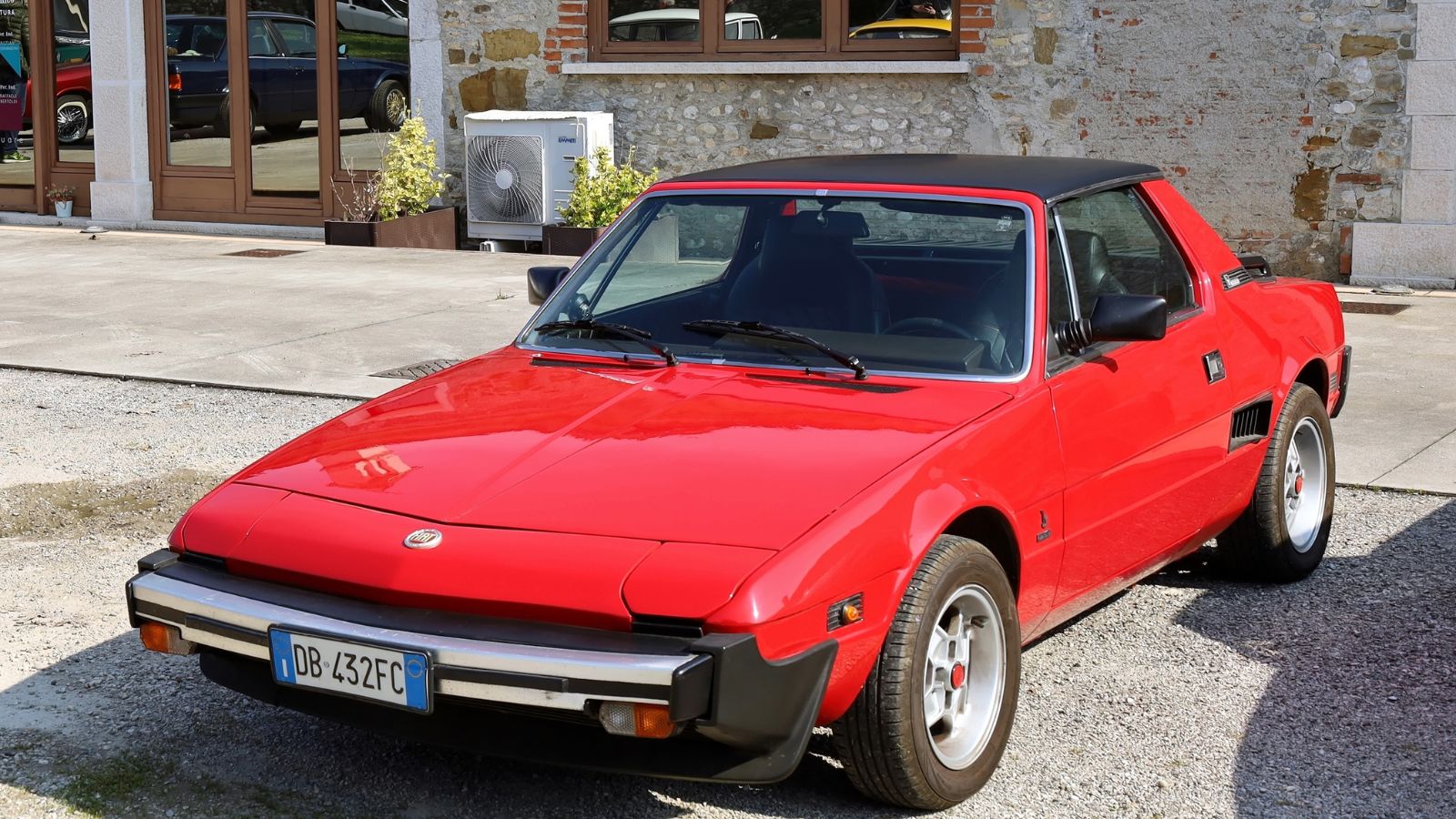
The Fiat X1/9 was a mid-engine sports car designed by Bertone. It was known for its agile handling and innovative Targa top. The X1/9 brought a mid-engine layout and sports car dynamics to a more affordable price point, highlighting Fiat’s ability to deliver driving excitement and style in a compact, accessible package.
Mercedes-Benz S-Class (W116) (1972-1980)
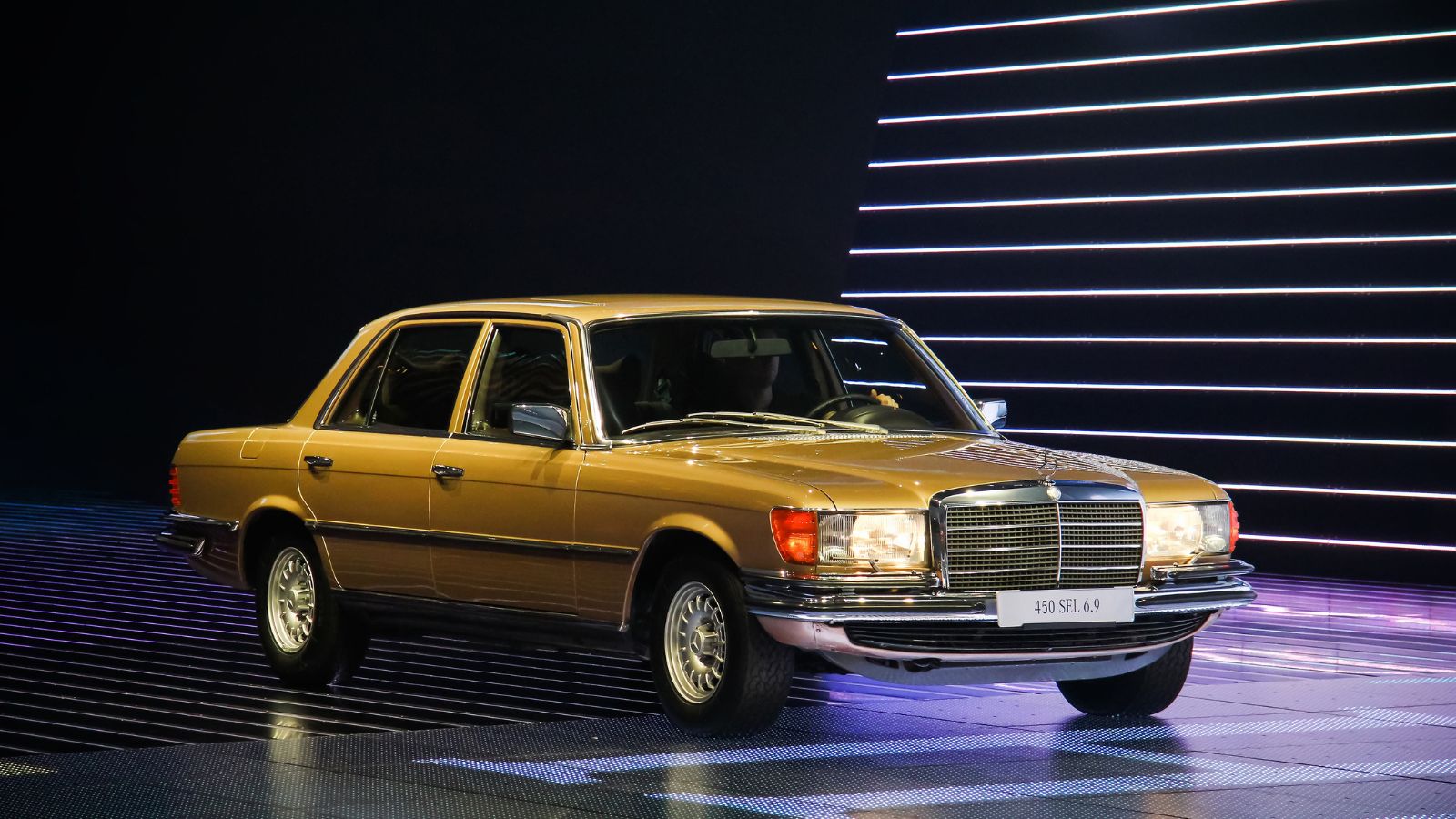
The W116 series of the Mercedes-Benz S-Class introduced numerous safety and luxury features that became industry standards, such as ABS brakes and advanced crumple zones. It set a new benchmark for luxury sedans, combining comfort, safety, and performance. The W116 exemplified Mercedes-Benz’s commitment to innovation and quality in the luxury segment.
Pontiac Firebird Trans Am (1970-1981)
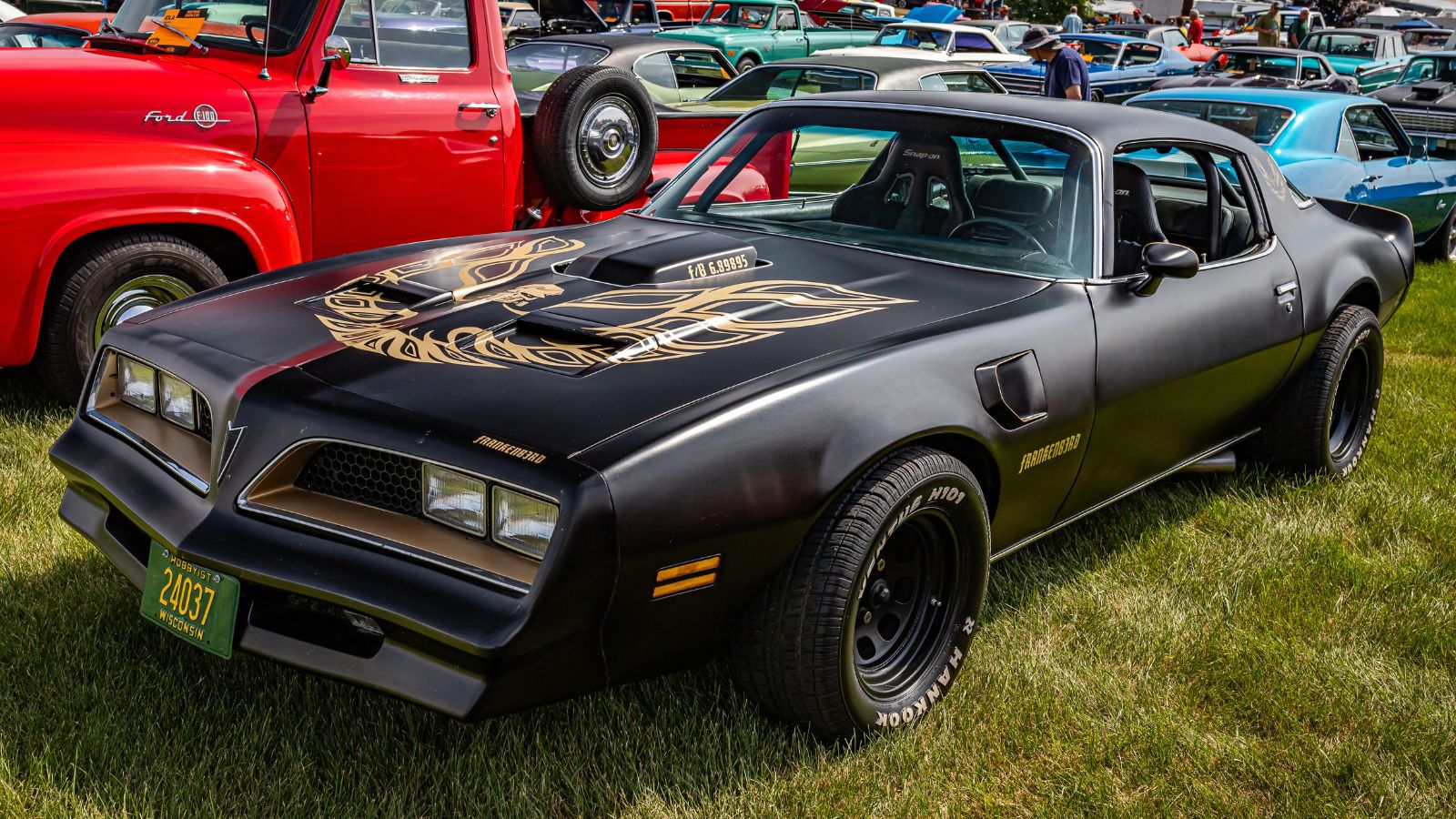
The Pontiac Firebird Trans Am became a cultural icon, primarily through its appearance in films like “Smokey and the Bandit.” Known for its aggressive styling and powerful V8 engines, it represented the muscle car ethos of the 1970s. The Trans Am’s success highlighted the enduring appeal of performance and style in the American automotive landscape.
BMW 3 Series (E21) (1975-1983)
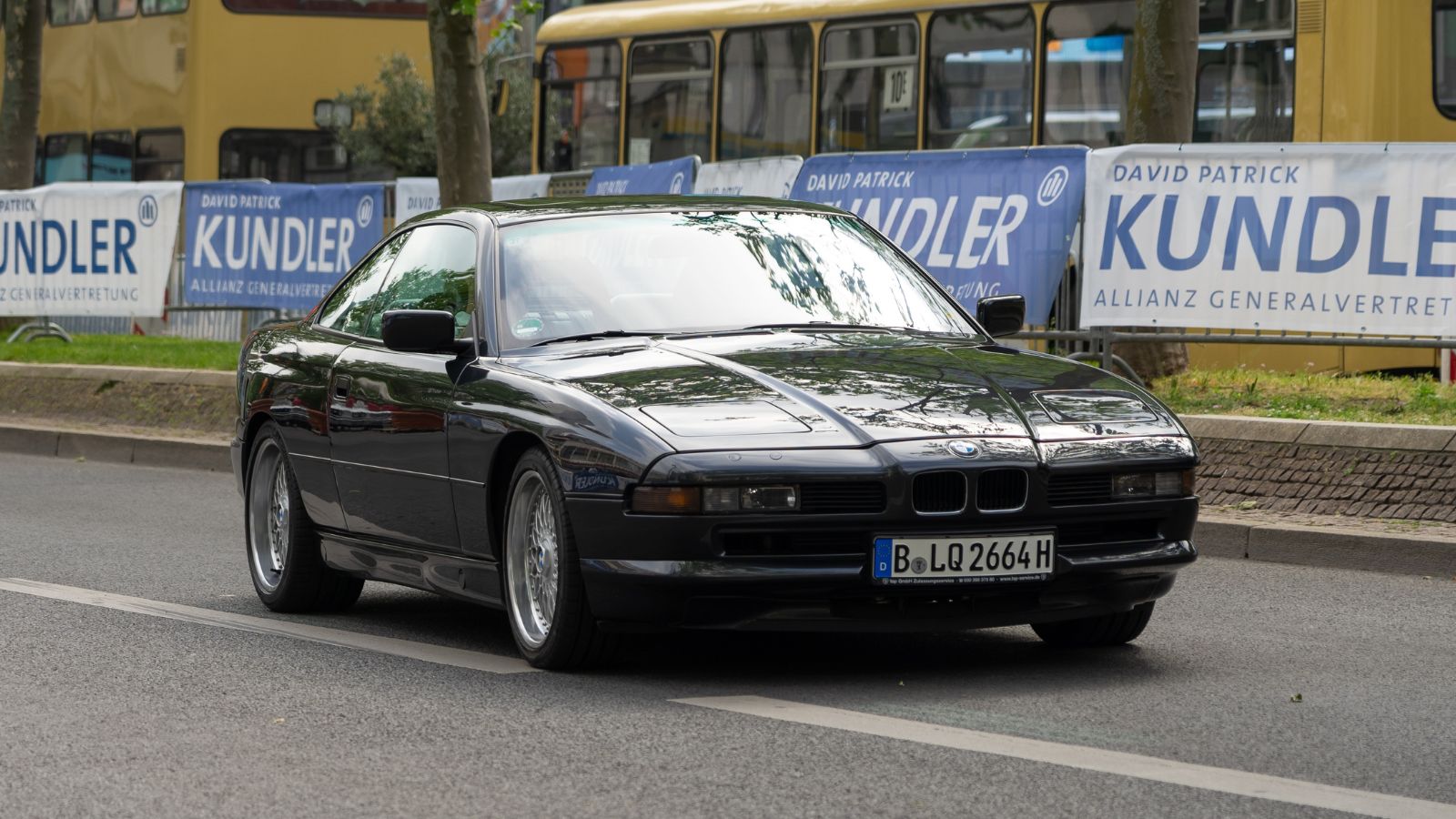
The first-generation BMW 3 Series set the compact luxury sports sedan template. The car was available in two-door sedan form and was built on the new 2002 platform. It was powered by a range of inline-four engines, with displacement ranging from 1.6 to 2.0 liters, offering a balance of performance and efficiency. This model introduced innovations like the first use of a catalytic converter in a BMW, reflecting growing environmental consciousness. The E21’s success underscored the importance of driving dynamics and quality in the luxury segment.
Mazda RX-7 (1978-1985)
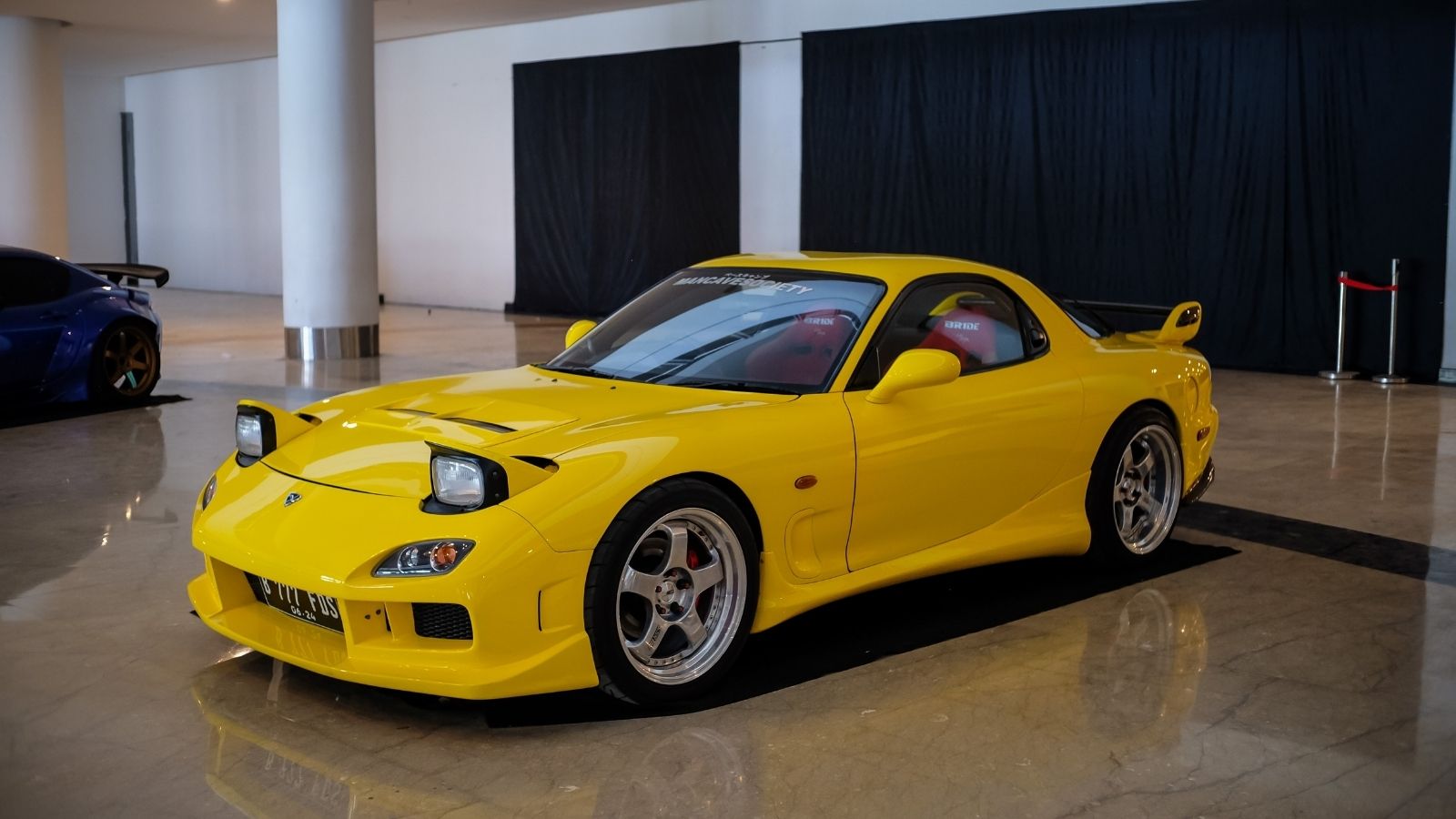
The Mazda RX-7 introduced the Wankel rotary engine to a broader audience, offering a unique blend of performance and innovation. Its lightweight design and balanced handling made it a favorite among driving enthusiasts. The RX-7 demonstrated Mazda’s ingenuity and commitment to creating distinctive sports cars.
Chevrolet Camaro (Second Generation) (1970-1981)
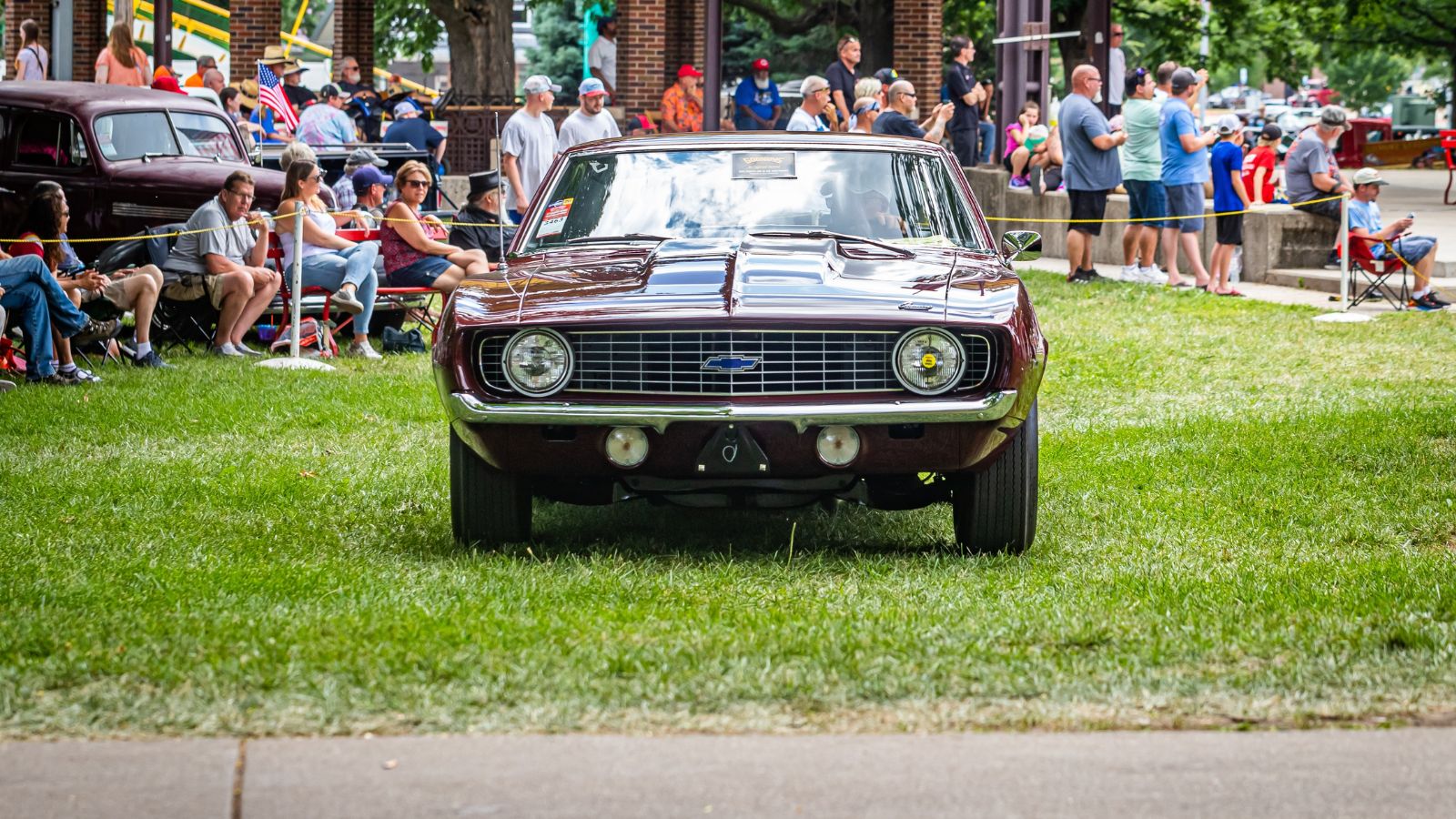
The second-generation Chevrolet Camaro built on the success of its predecessor with more refined styling and improved performance. It became a symbol of American muscle cars, offering a range of powerful engines and a stylish design. The Camaro’s enduring popularity highlighted the sustained demand for performance-oriented vehicles despite changing market conditions.
Renault 5 (1972-1985)
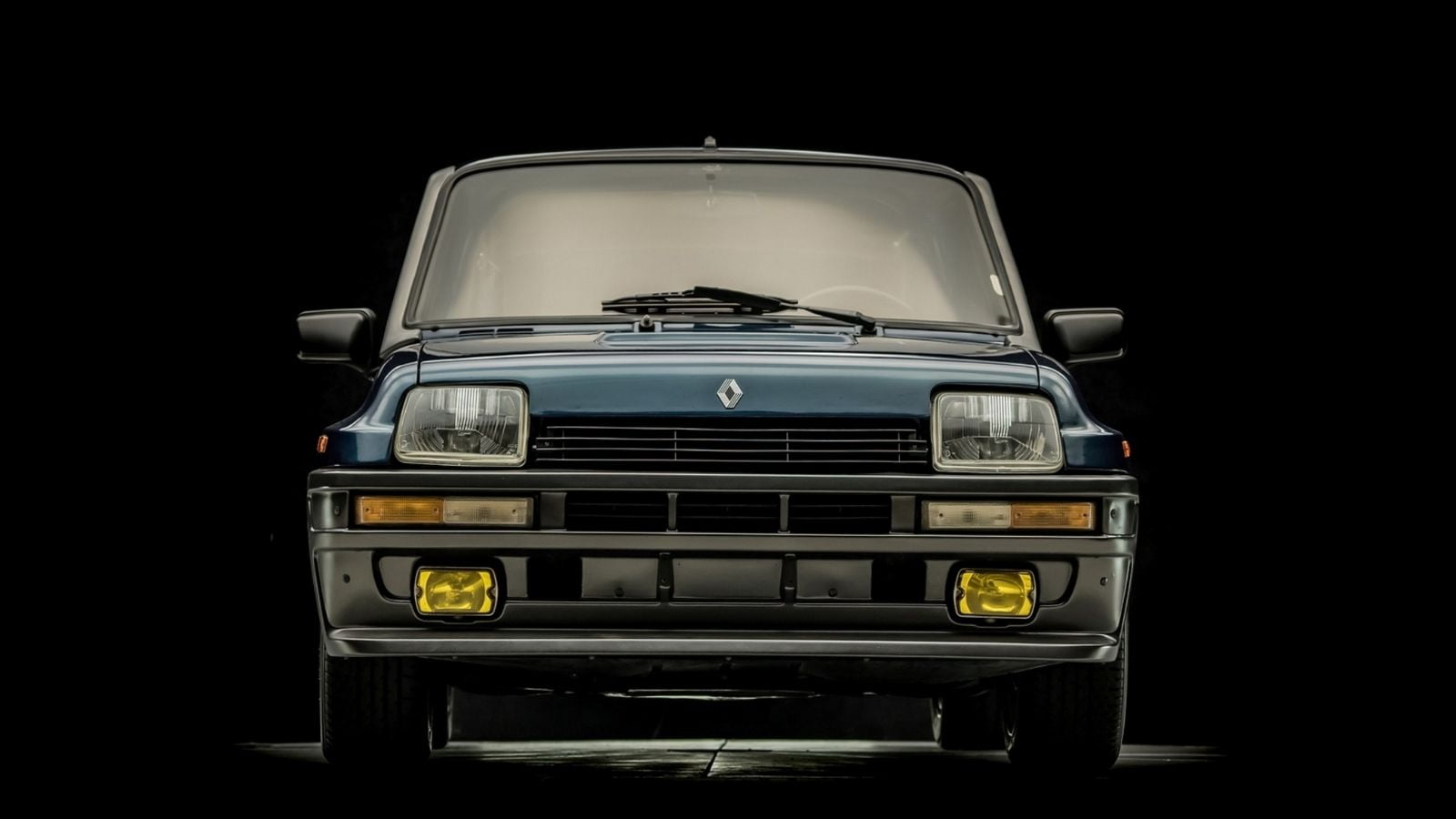
The Renault 5 was a compact car that combined practicality, efficiency, and innovative design. The car was designed by Michel Boué and his team and featured a distinctive, angular shape with a sloping rear window, contributing to its aerodynamic efficiency and unique appearance. It was a practical and economical choice, renowned for its front-wheel drive and innovative, modular construction that allowed easy assembly. Its versatile hatchback layout and affordability made it a popular choice in Europe. The Renault 5’s success demonstrated the potential of small cars to offer practical solutions without sacrificing style or functionality.
14 Cars with a Reputation for Running Forever and Why They Outperform the Rest

In the dynamic world of automobiles, some cars stand out for their remarkable longevity and enduring performance. These road warriors have earned a reputation for running seemingly forever, outpacing their counterparts. This article will explore 14 such vehicles and the reasons behind their legendary durability.
14 Cars With A Reputation For Running Forever And Why They Outperform The Rest
